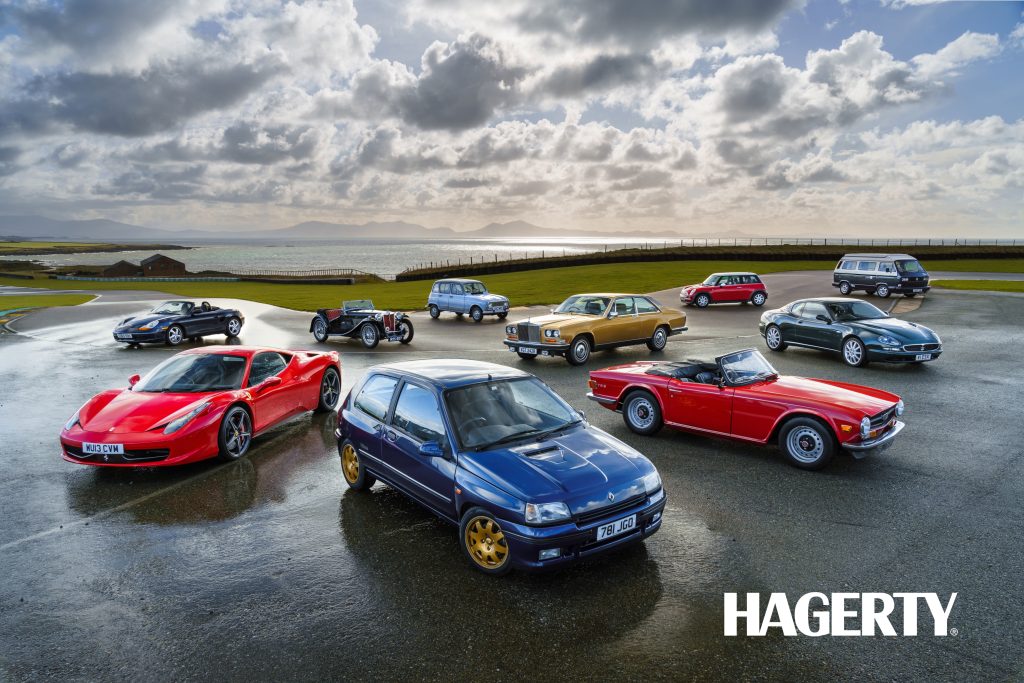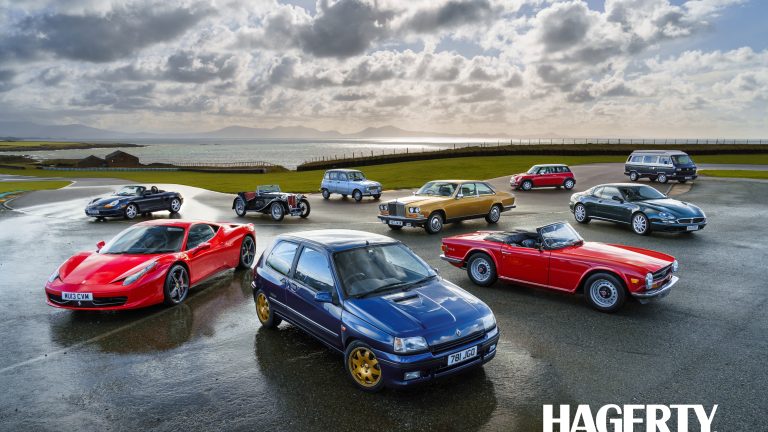Has the classic car market reached the bottom? Hagerty’s John Mayhead investigates what the future might hold
In an ever-changing year for classic cars, Hagerty Price Guide UK Editor, John Mayhead, analyses the trends that suggest the market may have finally reached a plateau.
The last few years have been interesting times for the classic car market. After Covid came a surge in buyers looking for the car they’ve always promised themselves, and Hagerty’s six UK indices, each of which tracks a different sector of the market, all showed a spike in values as demand outstripped supply and sellers pushed up asking prices. For a while, buyers were willing to pay them.
But just as memories of the lockdown started to fade and the working-from-home revolution turned out, in many cases, to be a blip rather than a permanent change, so many potential classic car buyers came back down to earth with a bump. Rising interest rates, a higher cost of living, and the uncertainty caused by pending governmental elections both in the UK and US encouraged people to be careful with their money. That, and some of those who had bought classic cars on impulse after the pandemic decided that they had scratched that itch and put their cars on the market.
So, in the summer of 2023, Hagerty watched as sale rates fell, both through dealers and at auction. Values followed, and in the year to 1st September 2024, 40 percent of models covered in the UK Hagerty Price Guide dropped in value, around 35 percent in the US Guide, both unprecedented falls. Combined sales results at the Monterey auctions in August 2024, the bellwether of the US market, were nine percent under Hagerty’s most pessimistic pre-event forecast.
There’s also data to suggest that sellers at UK auctions may be more willing to take less for their cars now compared with last year. Analysis of the two Bonhams Goodwood Revival auctions, comparing 2023 results with 2024, shows that, compared with the mean low estimate figure, both the sale price and high bid (if the car failed to sell) dropped. That, combined with a 15 percent drop in the number of cars consigned and an 11 percent drop in the sell-through rate, year-on-year, could back up anecdotal evidence that people know it’s the bottom of the market and both buyers and sellers are minded towards care.
But there are some signs that the market may have stabilised over the summer. In the last quarter to 1st September, nearly 90 percent of UK Hagerty Price Guide values remained static, with five of the six indices remaining within one percentage point of neutral, well within the bounds of data error. The auction results we’ve seen at the end of the summer – Goodwood Revival included – may not fully reflect this yet due to the longer consignment process for live auctions.
There is a flurry of fall auctions in America, but now only a few notable sales in the UK and Europe until next year, specifically the Paris auctions in February. By then, a new president will be in the White House, Labour’s fiscal plan for the next five years will be clear in the UK, and France’s new government will have laid its cards on the table, all of which could enhance confidence in purchasing.

Are you looking to sell your classic car? If so, please fill in the form below and we’ll get back to you.




















